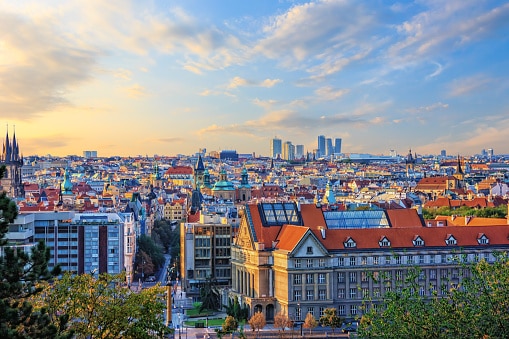Discover the 11 youngest countries in the world, each with its own unique history and culture and spectacular natural wonders. Despite their age, each young country is prominent on the global map. After all, age is just a number! Let’s explore these beautiful countries.
1. South Sudan
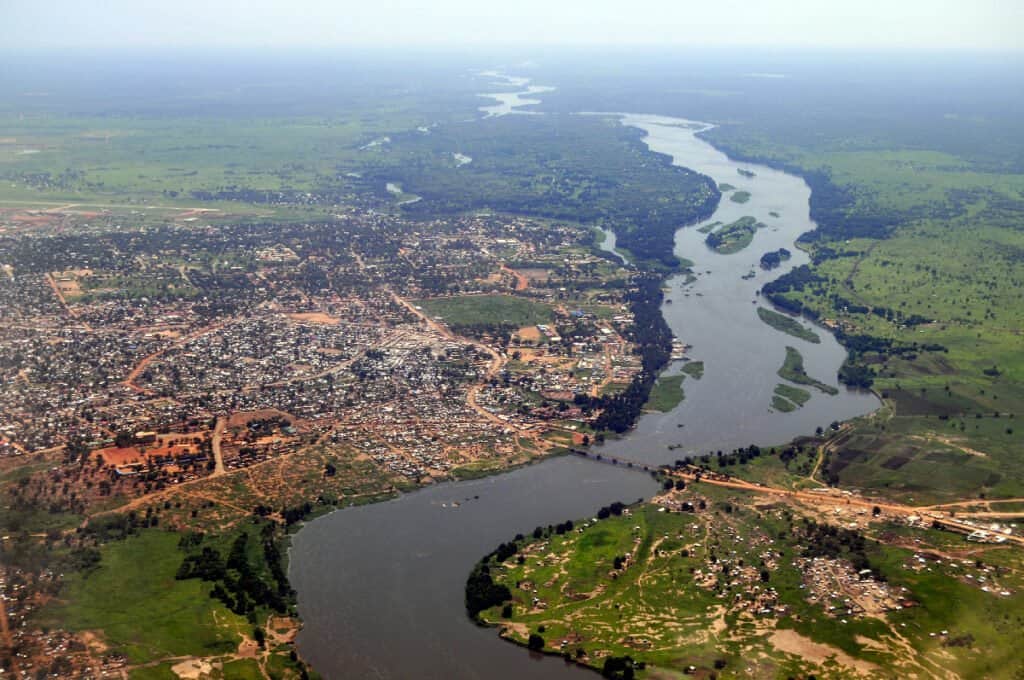
The Nile River flows through Juba, the capital city of South Sudan.
©iStock.com/Phototreat
Year it became a country: 2011
Located in East-Central Africa, South Sudan gained independence from Sudan in 2011. It is the youngest of 11 countries in the world and is known for its rich cultural heritage, diverse ethnic groups, and stunning wildlife. A must-visit in South Sudan is the vast Sudd wetlands, which are home to a variety of swamp flora and fauna, including Nile crocodiles. Additionally, the Boma National Park in the eastern part of the country is a great place to see the largest migration of antelopes in the world.
2. Kosovo

Discover the beauty and history of Sinan Pasha Mosque in Prizren, Kosovo.
Year it became a country: 2008
Situated in the Balkan Peninsula, Kosovo declared independence from Serbia in 2008. This landlocked country is famous for its historical sites, including the UNESCO-listed Gracanica Monastery and the ancient Prizren, with religious sites like the Sinan Pasha Mosque, Our Lady of Ljevis, and The Halveti’s Tekke. Moreover, for those who like to explore nature, the picturesque canyon of Rugova Gorge is perfect for hiking and rock climbing.
3. Montenegro
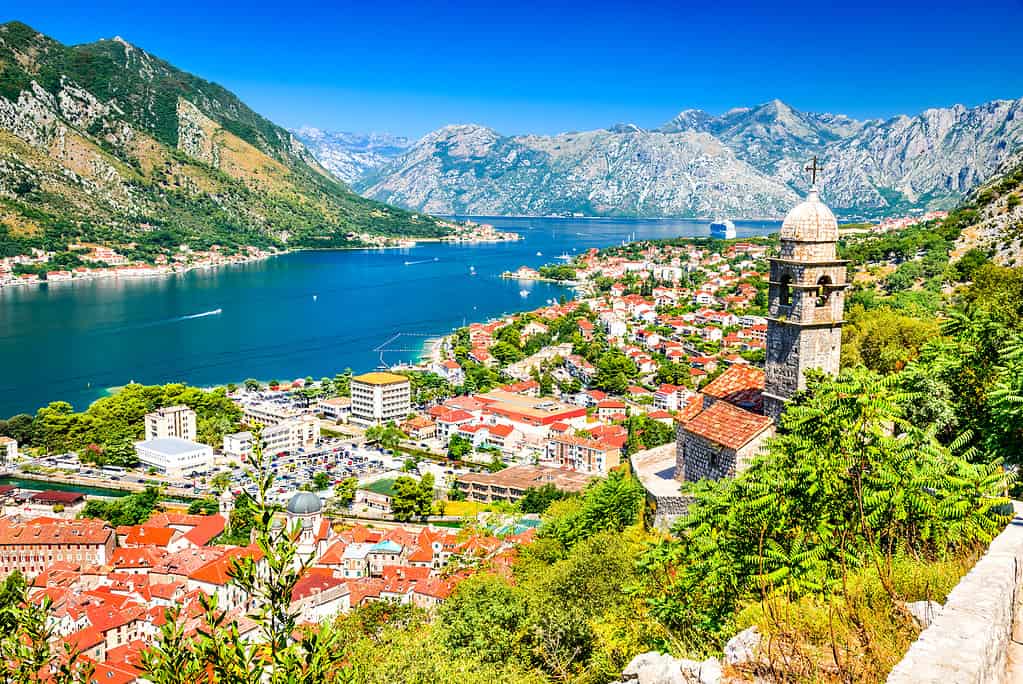
The Bay of Kotor in Kotor, Montenegro is a UNESCO World Heritage site.
©emicristea/iStock via Getty Images
Year it became a country: 2006
Nestled in Southeastern Europe, Montenegro gained independence from Serbia and Montenegro in 2006. This young country is known for its stunning Adriatic coastline. The 21-mile-long Budva Riviera beach is one of the most popular beaches in the country and the hub of entertainment. Additionally, the fjord-like Bay of Kotor, a UNESCO World Heritage site, boasts charming medieval towns, including Perast, Tivat, and Risan, that are known for their religious sites.
4. Serbia

The Sava River, one of the major rivers in Europe, flows through Serbia.
©Mubera Boskov/iStock via Getty Images
Year it became a country: 2006
After the dissolution of Serbia and Montenegro, Serbia became an independent nation in 2006. This landlocked country in the Balkans is renowned for its vibrant music scene and delicious cuisine. The capital city, Belgrade, has many sites on offer, including the Belgrade fortress, which overlooks the point Sava River meets the Danube River. Additionally, located in Kalemegdan Park, the fort dates back to 279 BC and is the venue for many shows and concerts in the city.
5. Timor-Leste

Timor-Leste is known for its beautiful coastline.
©Jack Nugent/Shutterstock.com
Year it became a country: 2002
Located in Southeast Asia, Timor-Leste gained independence from Indonesia in 2002. Therefore, this tropical paradise is famous for its unspoiled beaches, turquoise waters, and colorful coral reefs. Dili, the capital city, showcases a blend of Portuguese and Indonesian influences with its colonial architecture and bustling markets.
6. Palau
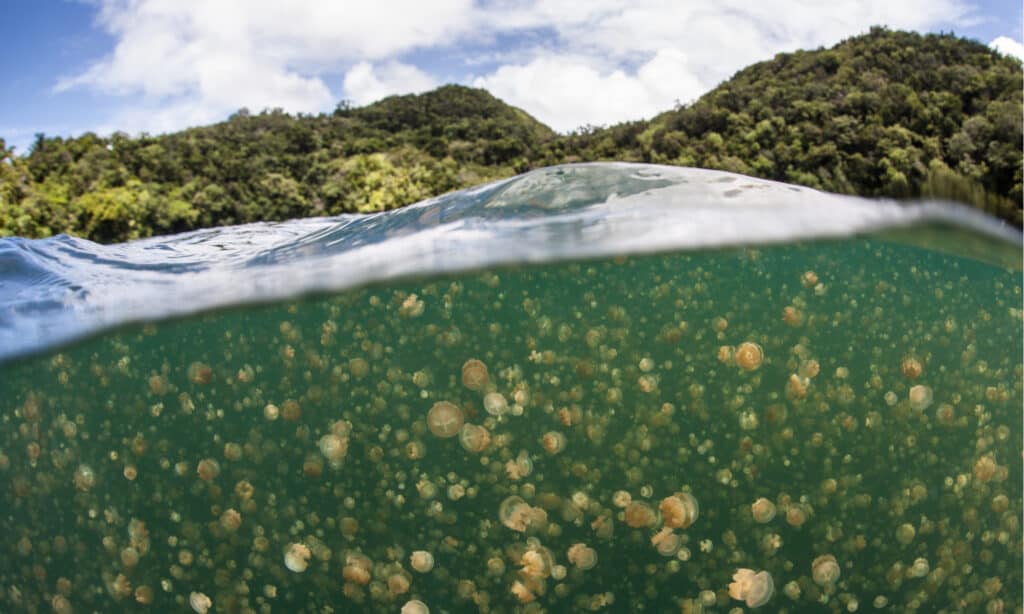
Jellyfish
teem in Jellyfish Lake in Palau.
©Ethan Daniels/Shutterstock.com
Year it became a country: 1994
Situated in the western Pacific Ocean, Palau became an independent nation in 1994. This archipelago is known for its marine biodiversity. The crystal-clear waters are great for divers and snorkelers. Moreover, the over 12,100-acre Rock Islands, a UNESCO World Heritage site, have an expansive coral ecosystem and attractions like Dolphin Bay and Jellyfish Lake. Palau is a designated Important Bird Area by BirdLife International.
7. Eritrea

Asmara is the capital city of Eritrea, located in the Horn of Africa.
©Homo Cosmicos/Shutterstock.com
Year it became a country: 1993
Located in the Horn of Africa, Eritrea gained independence from Ethiopia in 1993. This country has a blend of African, Middle Eastern, and European cultures. Moreover, Asmara, the capital city, is a UNESCO World Heritage Site. It is known for its preserved Italian colonial architecture. Other attractions in the country are the beaches of Massawa, the Dahlak Archipelago, and the ancient ruins of Adulis.
8. Czech Republic

View of Old Town and Charles Bridge over Vltava River in Prague, Czech Republic.
©Oleksiy Mark/Shutterstock.com
Year it became a country: 1993
The Czech Republic became an independent nation in 1993 after the peaceful dissolution of Czechoslovakia. As a result, this Central European country is famous for its fairy-tale-like castles, charming towns, and world-renowned beer. Additionally, Prague, the capital city, is the ‘City of a Hundred Spires.’ It has many architectural marvels. These include the UNESCO World Heritage site Prague Castle, the Charles Bridge with 30 statues of saints, and the St. Vitus Cathedral dating back to AD 925. Moreover, other attractions in Prague are the Old Town Square, Wallenstein Garden, and the DOX Centre for Contemporary Art.
9. Slovakia
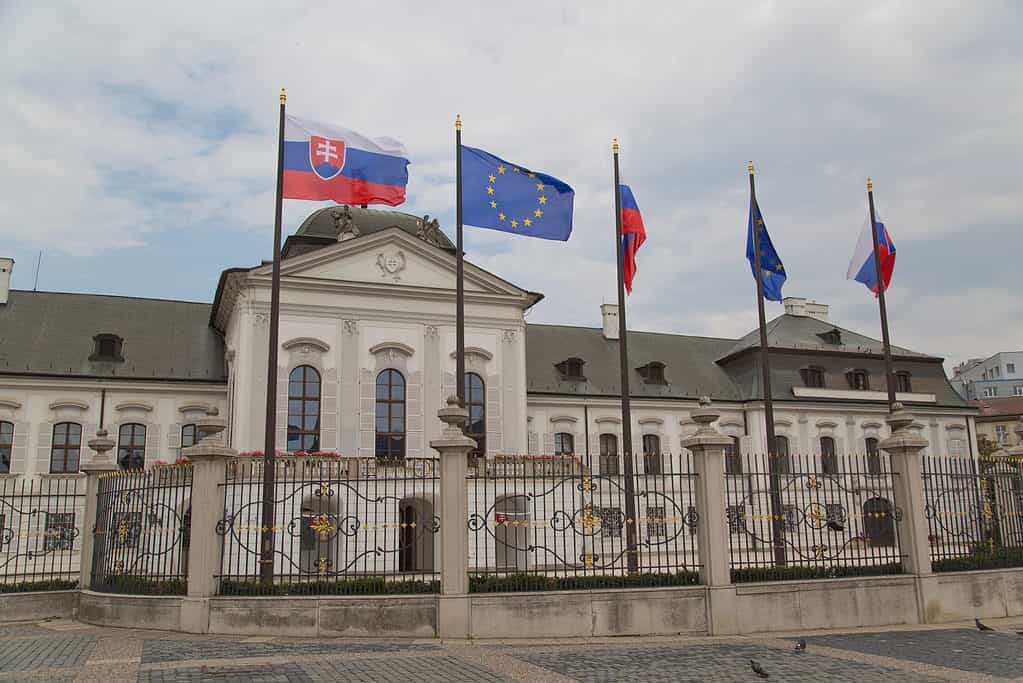
The Parliament building in Slovakia is also known as the “National Council of the Slovak Republic.”
©Kutikan/Shutterstock.com
Year it became a country: 1993
Also born from the dissolution of Czechoslovakia, Slovakia became an independent nation in 1993. This landlocked country in Central Europe is known for its beautiful landscapes. These include the High Tatras mountain range. Bratislava, the capital city, offers a mix of medieval charm and modern attractions. In addition to Bratislava Castle, other noteworthy sites in the city are the Parliament building, the Primate’s Palace, the Devin Castle, and the UFO Bridge.
10. Bosnia and Herzegovina
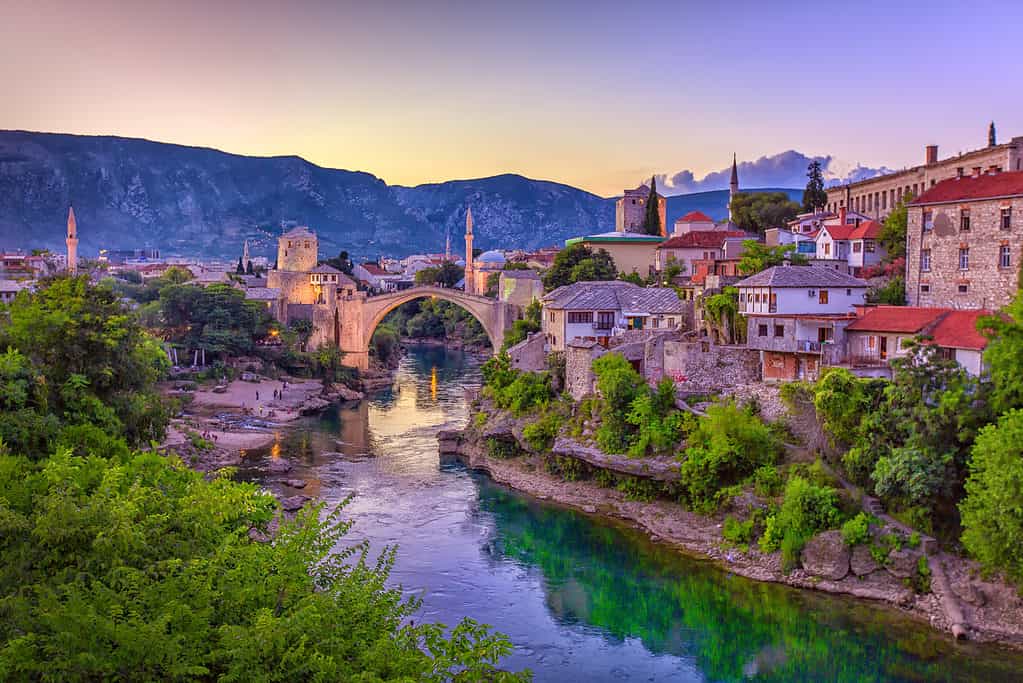
The Ottoman old bridge in Bosnia and Herzegovina is located in the historic city of Mostar.
©iStock.com/Greg Sullavan
Year it became a country: 1992
Following the breakup of Yugoslavia, Bosnia and Herzegovina declared independence in 1992 and features on the list of 11 countries in the world. This Balkan nation is home to the historic city of Mostar and the charming capital, Sarajevo. Mostar is where you can find the Ottoman old bridge and the Sniper’s Tower. The stunning Kravice Waterfalls near the city of Ljubuski, and the picturesque Pliva Lakes and Waterfall is where you can see wooden watermills. Moreover, Bosnia and Herzegovina is also famous for its over 13-mile-long coastline near the town of Neum.
11. Croatia

The stunning Kornati Islands National Park along the Adriatic coast in Croatia.
©iStock.com/xbrchx
Year it became a country: 1991
Situated in Southeastern Europe, Croatia gained independence from Yugoslavia in 1991. In addition to its stunning Adriatic coastline dotted with over a thousand islands, the capital city of Dubrovnik has a medieval Old Town with Baroque-style buildings. These include the St. Blaise Church, the 16th-century Sponza Palace, and the Rector’s Palace, which is now a museum.
Thank you for reading! Have some feedback for us? Contact the AZ Animals editorial team.

